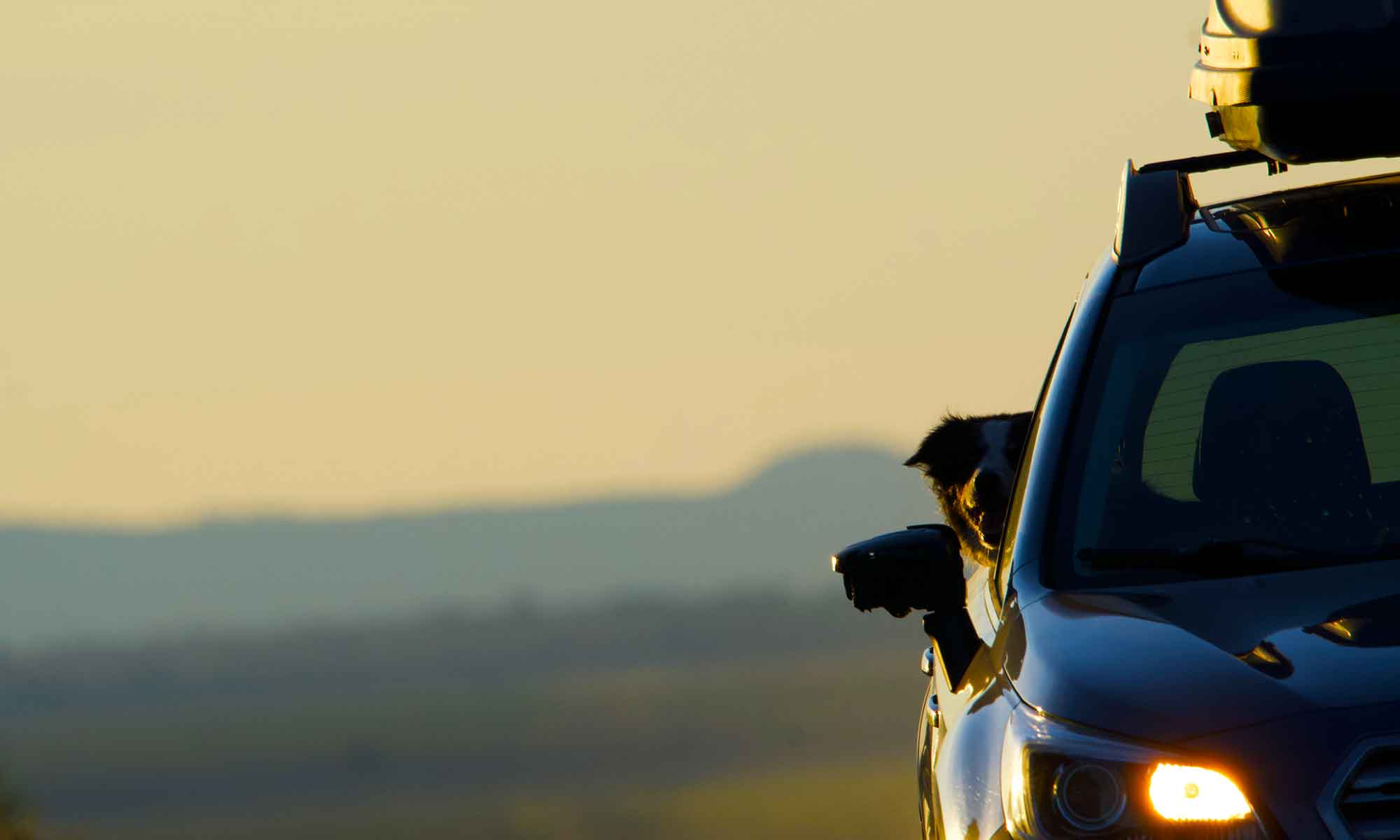
Our day trips typically evolve out of a very loose agenda. Generally, there is a destination in mind and a best route plotted. Into a cooler go bits of lunch, snacks, and beverages, between blocks of cooler ice. Camera gear and field guides get loaded into the back, fishing gear on top, and of course, there are extra coats and socks.

This week we headed down to Maupin, only to discover there were more people on the river than usual.
Undaunted, we scouted out a spot away from the crowds, set up the camp chairs, donned broad-brimmed hats, and took in the view.

I think the saying is, “you can never step into the same river twice,” which is the reason we spend time on them. In the high desert, these ribbons of water offer unique views of flora and fauna.
It is a landscape that changes dramatically with the seasons.

This time of year the Lower Deschutes Canyon wears lush spring green. Migratory birds forage and feed along the riparian, at least for a few more weeks. There is also a good spot to wet a line.

It’s really a matter of flexibility on these excursions. Expectations aren’t lowered, we just keep moving until a proper location is discovered.
There are so many good places to wind up around here, that regardless of where the camp chair is finally set, we’ll enjoy the day.


















 The Deschutes River is long, so long it gets broken up into upper, middle and lower sections when people refer to it. We spend a lot of time on the Upper Deschutes in the summer. This is more of a creek than river in the sections we fish.
The Deschutes River is long, so long it gets broken up into upper, middle and lower sections when people refer to it. We spend a lot of time on the Upper Deschutes in the summer. This is more of a creek than river in the sections we fish.


















 Fall weather has muted any remaining green and added yellow and orange hues to the hillsides.
Fall weather has muted any remaining green and added yellow and orange hues to the hillsides.

 We break open the lunch, brew fresh coffee, and enjoy the rush of river. A month ago this spot would have been baking in summer sun, today we are dressed in flannel and clouds flash intermittent bursts of sunlight.
We break open the lunch, brew fresh coffee, and enjoy the rush of river. A month ago this spot would have been baking in summer sun, today we are dressed in flannel and clouds flash intermittent bursts of sunlight.












